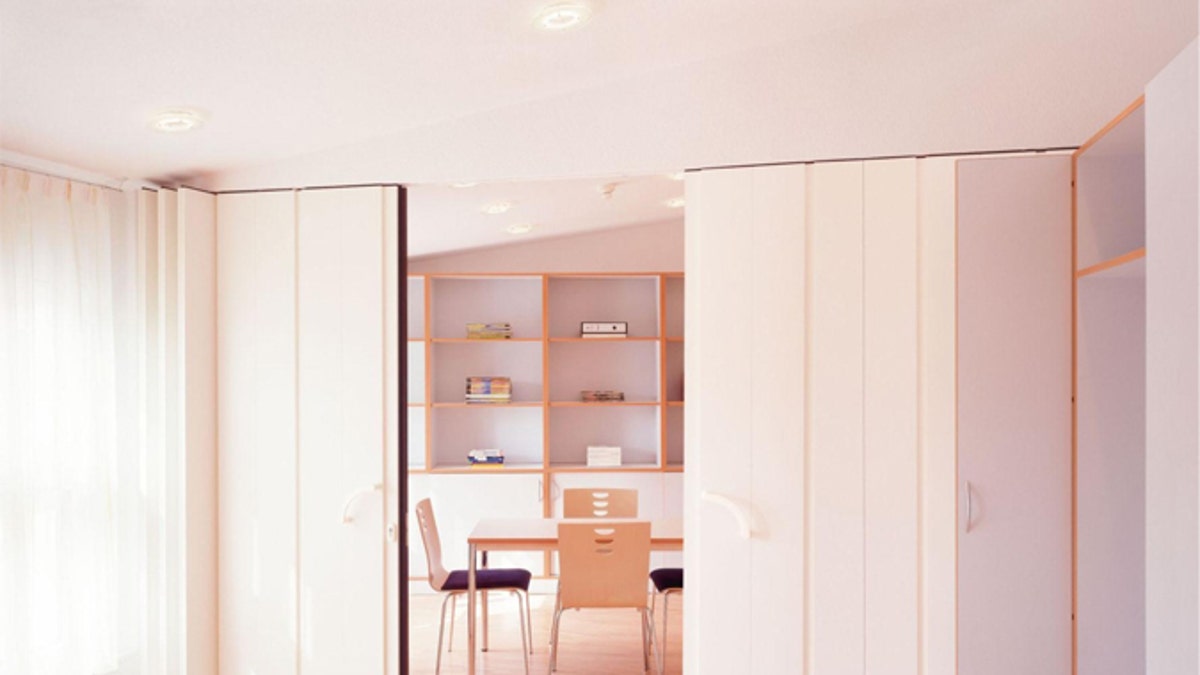
pressurized wall bedroom partition
If you've got a space you'd like to divide into two rooms rather than just one, you may have heard about pressurized walls. These walls are so named because their spring-loaded interior pushes against the walls and ceiling surrounding them -- and that's what keeps them up.
The beauty of pressurized walls is that they stay securely in place without nails, screws, or glue, which means that it's easy to put them up and take them down later, without damaging the existing property. This is a huge plus if you want to divide a room temporarily, or rent your apartment and aren't allowed to do major construction.
Cost and installation of pressurized walls
Pressurized walls typically cost between $800 and $2,000, and take four to five hours to install. They can be custom-made to feature windows, french double doors, closets, and built-in bookshelves, and made to fit the aesthetics of just about any apartment, with custom paint colors and baseboard styles. Another bonus: If noise is a concern for you, many of the walls can be made with sound-proofing materials.
In essence, pressurized walls have all the benefits of real walls without the permanence, making them a potentially ideal solution for spaces where you're pining for two bedrooms rather than one, or even any bedroom (as opposed to an open studio space).
"I had clients recently that took an apartment that had space off of the living room and created a nursery for their newborn," says Chip Peoples, a real estate salesperson at Compass in Manhattan. "When considering the building, the ability to convert the space and the money it saved ultimately was their deciding factor."
Still, pressurized walls do have some legal logistics you'll want to be aware of before you move ahead (more on that next).
Are pressurized walls legal?
In 2010, a New York City fire resulted in the death of two firemen who were disoriented by pressurized walls not shown on the floor plan. This tragedy forced the city to reconsider how the walls impact housing maintenance codes. After this, some landlords outlawed pressurized walls in their buildings. Others only allow partial walls -- also called walk-around or walkabout walls, that are also installed without screws or nails but that have an opening rather than a door and stop about a foot before the ceiling.
Does this mean that pressurized walls are illegal? Not necessarily. It is possible to erect one if you prepare plans and apply for permits. This is true whether you own or just rent, although in the latter case, you will definitely want to ask your landlord about the possibility of erecting a pressurized wall -- ideally before you move in.
"Whether a pressurized wall can be installed is something tenants will want to know before applying," he says. As an alternative, some buildings that don't allow pressurized walls do permit room dividers that don't completely enclose the space. It's not as private, but at least it's up to code and won't get you in trouble.